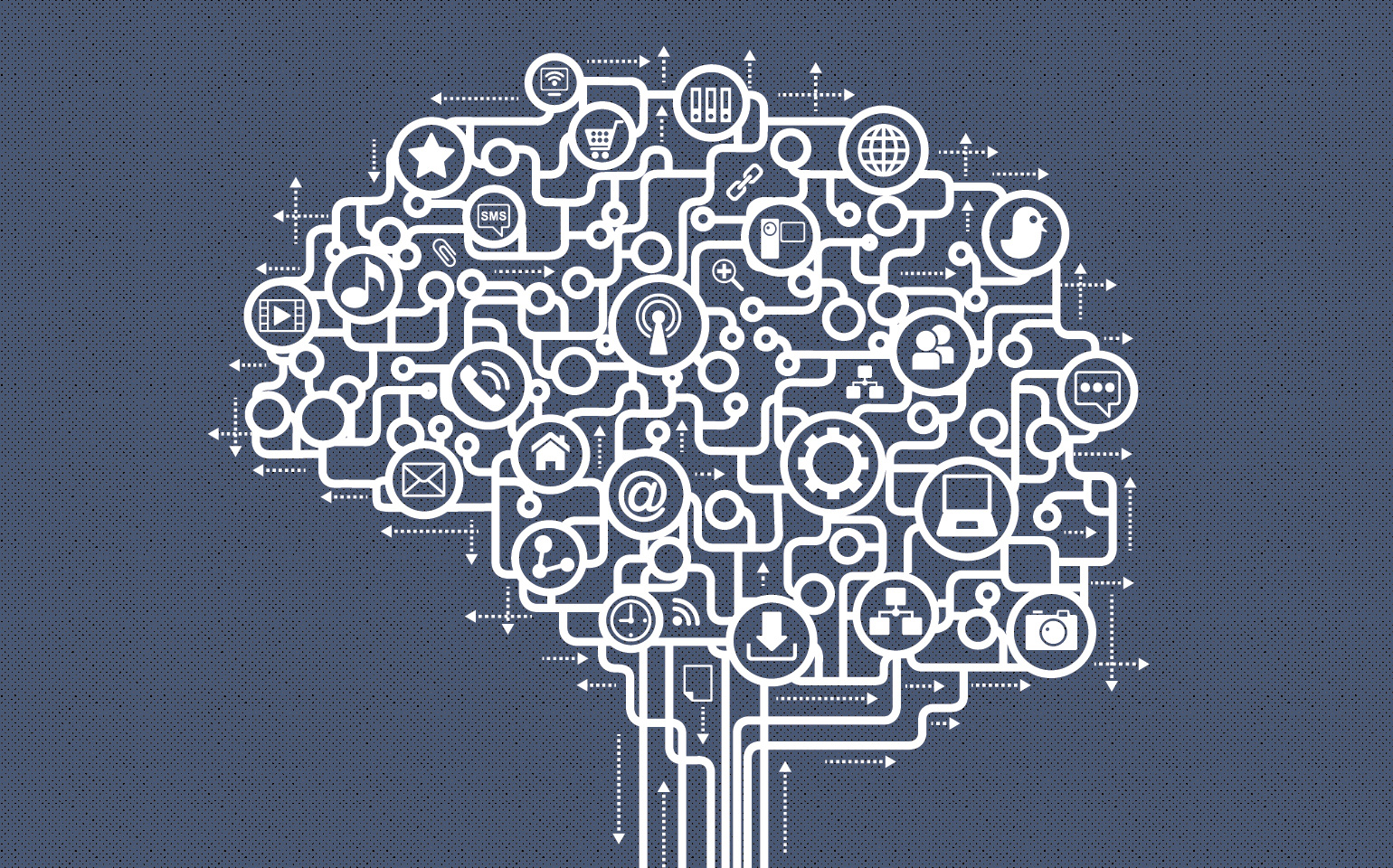Artificial intelligence. Machine learning. Neural networks. Virtual and augmented reality. These are not just catch phrases for the next Sci-Fi movie. They are terms driving a wave of innovation in all facets of digital communication. Are you familiar with these terms and how they could affect your brand’s business? Accenture, provider of strategy, consulting, digital, technology, and operations services, recently released their TechVision2017 report stating that “AI is the new UI,” (User Interface), and saying in the accompanying trend report that, “AI is poised to enable companies to improve the experience and outcome for every critical customer interaction.” That’s an exciting proposition, but can it work for your brand? Consider these examples.
You probably already interacted with AI at some point today without even knowing it. Apple’s Siri, Google Now, and Amazon’s Alexa are three of the most commonly known examples of artificial intelligence in the market today. These are basically computers running algorithms that can parse natural language inputs and produce a result that the user is seeking or intended as a natural language response or by controlling some other external connected device. As impressive as that is, the largest breakthroughs recently have been in machine learning and neural networks where the AI can teach itself and adapt to new inputs or variables, and develop the skills needed to “think forward” and anticipate users’ needs.
There are a multitude of other current examples of AI–such as suggested music selection in Spotify and Pandora, or a Nest thermostat learning your daily habits and setting temperatures accordingly. Even your bank is using AI to detect credit card fraud in milliseconds rather than days or hours. All these save time, money, and energy. Amazon’s Echo device with the Alexa AI built in, accepts voice commands to control other networked devices in your home, from the thermostat to lighting to door locks, to even an Uber ride request. Apple has a Home app that works in conjunction with voice activation through Siri on your iPhone or the latest Apple TV devices to control many of your home’s technologies. Are the masses on-board? Consumers were snapping up virtual assistant devices at an amazing pace this past holiday season.
Beyond artificial Intelligence, another emerging technology is virtual reality (VR) and its little brother, augmented reality (AR). Virtual reality is being led by headset systems from Samsung, Oculus, Google, and Sony. An early 2016 report from Goldman Sachs says the VR market could become an $80-billion industry by 2025. These headsets are worn over your eyes and stereoscopic images are displayed to trick your mind into thinking you have been inserted into the scene you are viewing. AR, on the other hand, overlays digital information onto a screen showing the physical world around you. Content is already available in multiple channels, from YouTube VR to Netflix to IMAX to the UN, with more opportunities developing every day.
It’s not just media companies lining up to develop movies, games and concept experiences—Lowe’s Home improvement stores have “holorooms” up and running in 19 stores across the U.S., helping consumers visualize kitchen and bath design by bringing VR directly into the retail world. Customers wear a VR headset that transports them to a room they’ve just virtually designed and upgraded. Also, Walgreens tested augmented reality in 2014 with their loyalty app partner to overlay 3D information onto in-store maps. From virtual dressing rooms at the Gap to an in-store kiosk at Nike in Paris that lets you project custom styles onto shoes, we are just scratching the surface of what’s possible with this tech.
These new tools are still in their early stages, but intrepid brands are already using them in many different ways. There is excitement building in retail channels and with consumers for increased development of artificial intelligence, and virtual and augmented reality.
Being at the forefront of this emerging technology could help elevate your brand’s status in the eyes of consumers. You may be able to elevate your product’s usability and convenience by incorporating connectivity to these AI systems.
BOLTGROUP encourages clients to evaluate their entire brand ecosystem and take a look at all brand touchpoints for new ways to engage users.
Are there areas where you could add some new experiential technology that brings meaningful value to your brand?
Could you better exemplify your brand’s values and attributes in your showroom or tradeshow exhibit with VR visualization?
Do you have a product used in the home that could integrate into these AI powered assistants?
Can your retail presence be improved through use of augmented reality to project your brand’s wares directly onto your customers’ physical image?
If you are looking to bring innovation to your brand in an immersive, engaging, and revolutionary way, we can help you to dig deeper and find the right way to integrate these technologies into your brand.
